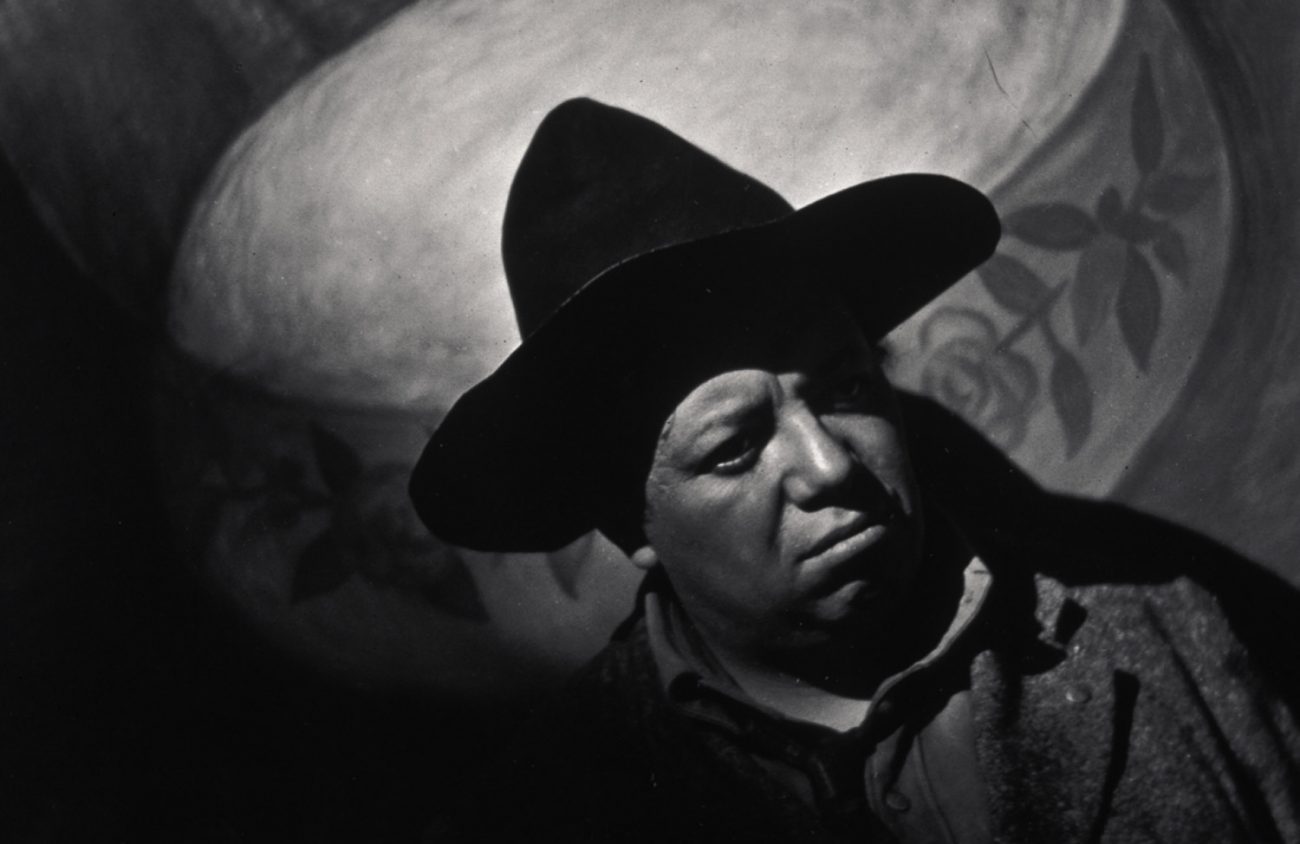“Mírame Bien!” pleads the current photography exhibit in the Morris Graves gallery at the Jordan Schnitzer Museum of Art — “Take a good look at me!” That’s sound advice when visiting any photo show, but particularly the diminutive prints of Edward Weston, Paul Strand and Manuel Alvarez Bravo.
Tucked in a dark antechamber behind the sweeping Cuba Ocho exhibit, this show squeezes a handful of notebook-sized photos into a space roughly the size of a taco truck, a display method which feels at once like an homage to the bygone era of small printing and a nod to the contemporary trend — Portland Art Museum, anyone? — of relegating photography to secluded museum corners.
But local photo buffs needn’t fret. Bring your reading specs, get close and meet the show’s imperative — “Mírame Bien!” — and you’ll be rewarded with a fresh impression of Mexico.
Although disparaged by the current buffoon-in-chief, our southern neighbor has long been a creative hotspot. In the 1920s, post-revolutionary Mexico attracted curious norteamericanos in droves, Paul Strand and Edward Weston among them. Both made extended junkets south of the border as wandering thirty-somethings, making plenty of photos along the way. The small selection at the Schnitzer bristles with the restless energy of wide-eyed young travelers.
Strand’s photogravure of a pastoral vista, purportedly his first photograph made after crossing the border, brims with a sense of possibility as the scene recedes to the frontier. It’s the only true landscape in the show, and the only place for the viewer’s gaze to unwind.
Linger here for a moment before moving on to Strand’s other photos. He tightens the frame in a nearby candid street portrait — exposed secretly with a sideways viewfinder — and a caricature of Jesus. All three images are energized by a sense of alienation and the spell of the exotic.
Weston’s full adventures in Mexico, narrated wonderfully in his Daybooks, are beyond the scope of this review. But his three portraits here hint at his immersion. He made friends as easily as he made photos.
Within a few short months in Mexico City, Weston was enmeshed in the local avant-garde art scene and photographing its central characters. Informal portraits of Diego Rivera, Guadalupe de Rivera and Tina Modotti evince a relaxed atmosphere, and serve as counterweight to the tension of Strand.
The magic of Weston is that, even when photographing friends, he was able to achieve an objective formality that superseded subject matter. His photograph of an ancient pyramidal ruin, one of the show’s highlights, is so sharply realized it nearly jumps from the frame.
As fine as Strand and Weston are, both are overshadowed in this show by their Mexican colleague Manuel Álvarez Bravo, who lords over the room with just two platinum prints: one of a boy urinating into a bowl, the other an eerie posthumous face.
The peeing boy seems an homage to Weston’s well-known nude torso of his son Neil, but with vitality replacing formalism. Facing this print across the dim room — balancing the entire curation — the dead portrait is its inert antithesis. Bravo’s morbid surrealism roots the entire show where it belongs: south of the border.
Mírame Bien: Portraits of Mexico by Manuel Álvarez Bravo, Paul Strand, and Edward Weston is on view at the Jordan Schnitzer Museum of Art through Jan. 21, 2018.
